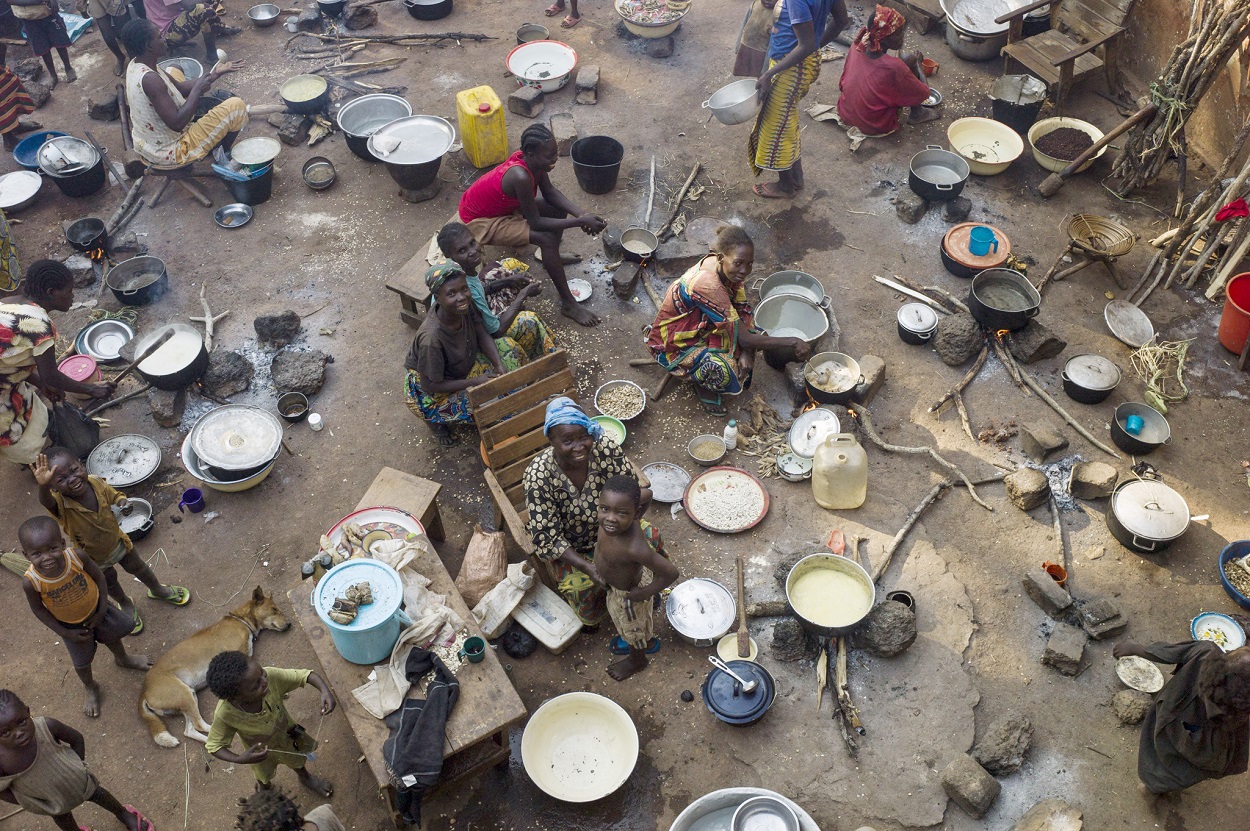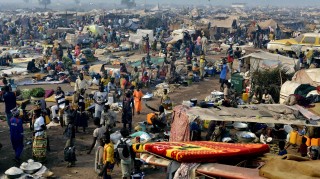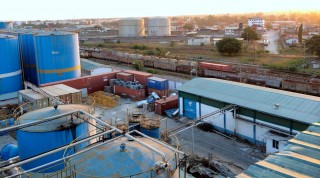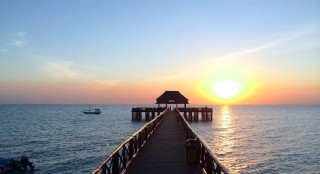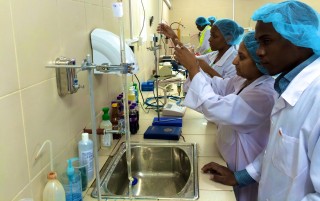This year alone, over 366,000 refugees have crossed the Mediterranean into Europe to a mixed reception from affected countries. The emergence of the heart-breaking pictures of Aylan Kurdi, the three-year-old Syrian boy washed ashore the Mediterranean beach, prompted a surge of action from some EU countries as they became more accepting of the migrants, volunteering to accommodate them.
First, Germany announced its decision to provide homes and jobs for at least 800,000 asylum seekers. Then the United Kingdom agreed to grant asylum for 4000 migrants annually. Other countries also decided to accommodate more people – Austria, Norway, Finland, and even Kosovo, Europe’s poorest country, lent a helping hand.
Football clubs were not left out of the flow of goodwill; Bayern Munich, Germany’s biggest football club, donated 1 million euros to a charity for the refugees and announced plans to set up a camp for migrants settling in Bavaria. Chelsea donated one pound from every ticket sold in a match to charity Plan International. Real Madrid also pledged 1 million euros to migrants entering Spain, and set up football camps for the refugees.
While the show of kindness is great news and highly commendable, there are millions of forgotten refugees and internally displaced people in Africa. Millions of deaths and casualties and yet these issues of conflicts in several African countries have not garnered as much attention. Victims of these crises – some of them, still ongoing seem to have been lost in the mix. Here are five cases of refugee crisis in Africa the world should pay attention to.
South Sudan refugee crisis
The recent civil war between government and rebel forces in South Sudan has left over a million internally displaced people in the country and about 750,000 refugees in neighbouring countries. Ethiopia hosts about 200,000 refugees, of which a large percentage — mostly women and children — are from South Sudan.
The Ethiopian government allocated land and security for 23 camps around which currently accommodates over 630,000 refugees. The situation is grim. In May, an estimated 3.8 million people were facing severe levels of hunger in South Sudan.
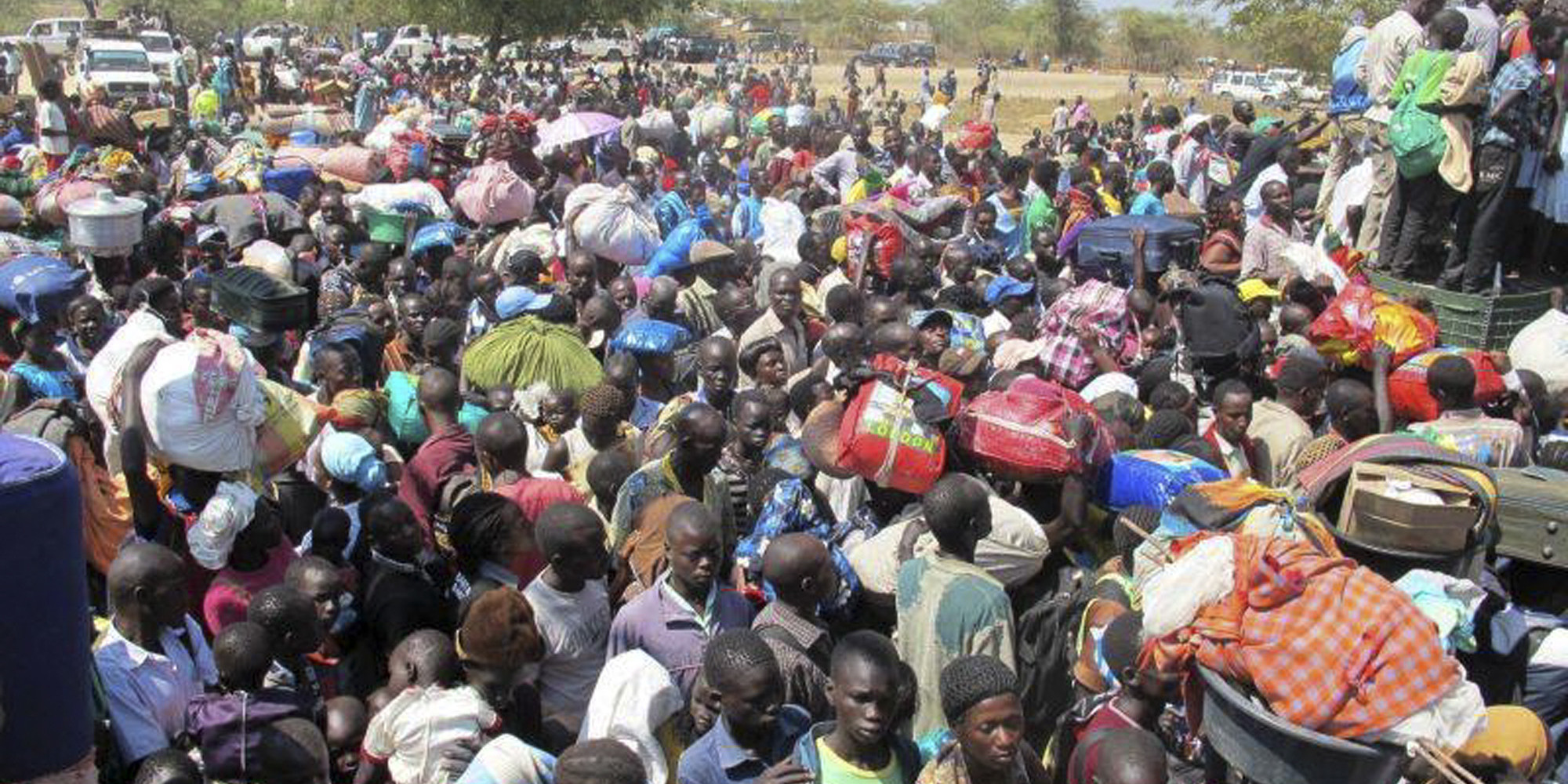
Credit – CCTV Africa
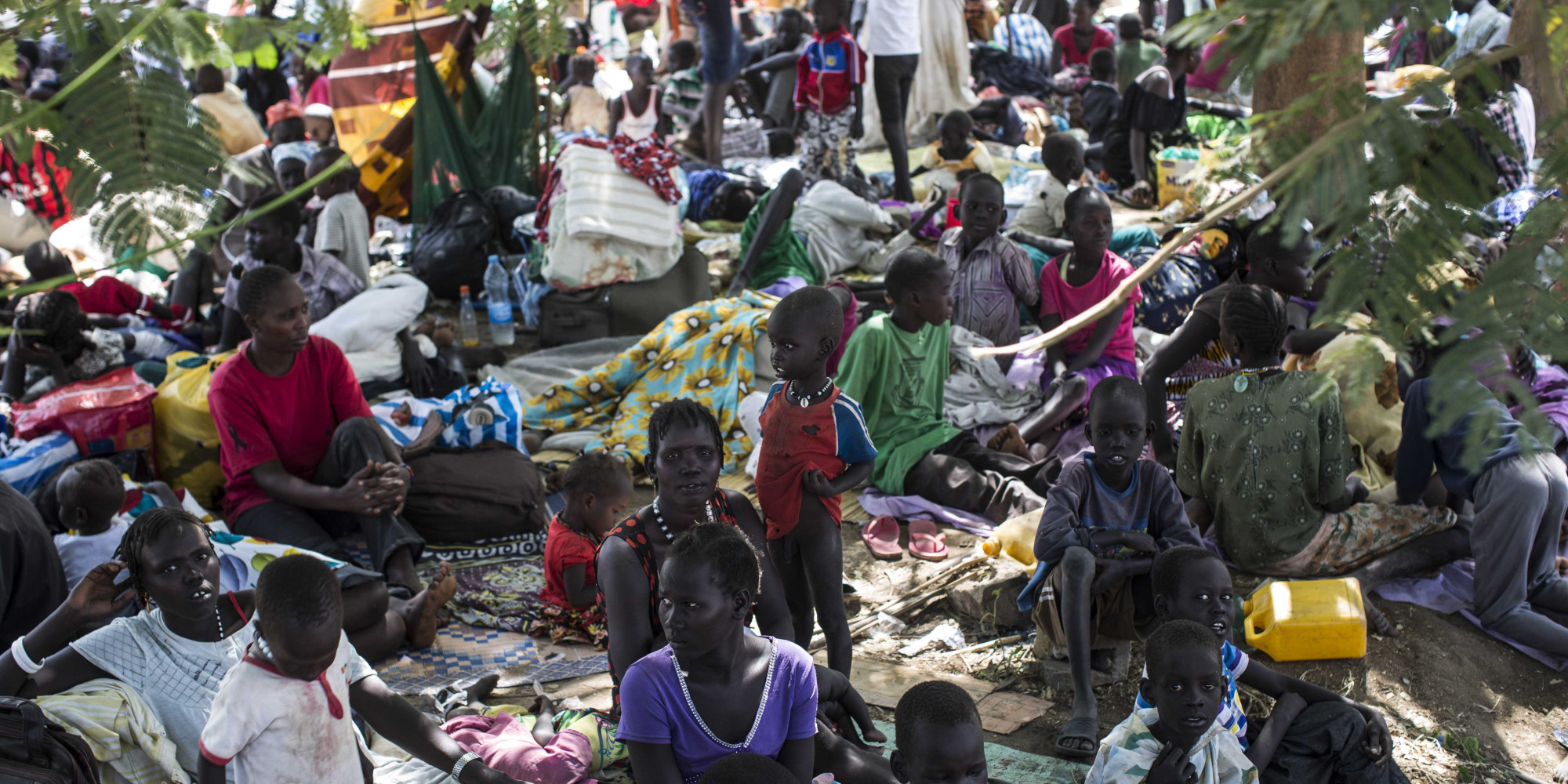
Credit – Huffington post
Internally displaced people in Nigeria
Violent clashes between government forces and the Islamic sect, Boko Haram in northern Nigeria have triggered large waves of internal displacement and refugees. At the beginning of 2014, over 17,500 refugees had fled Nigeria for safety in neighboring countries Cameroon, Niger, and Chad leaving over 1.5 million internally displaced people in the Nigeria as of April 2015.
With the sect’s recent attacks on IDP camps, there is bound to be an increase in the number of refugees and displaced people, coupled with food insecurity. So far, with consistent attacks in north eastern Nigeria, the crisis resulting from the internal conflict shows no sign of subsiding this year. In 2014 the UNHCR and partner agencies stepped up responses to the Nigeria refugee crises in the neighbouring countries, but more needs to be done for those who have been displaced as we move into 2016.
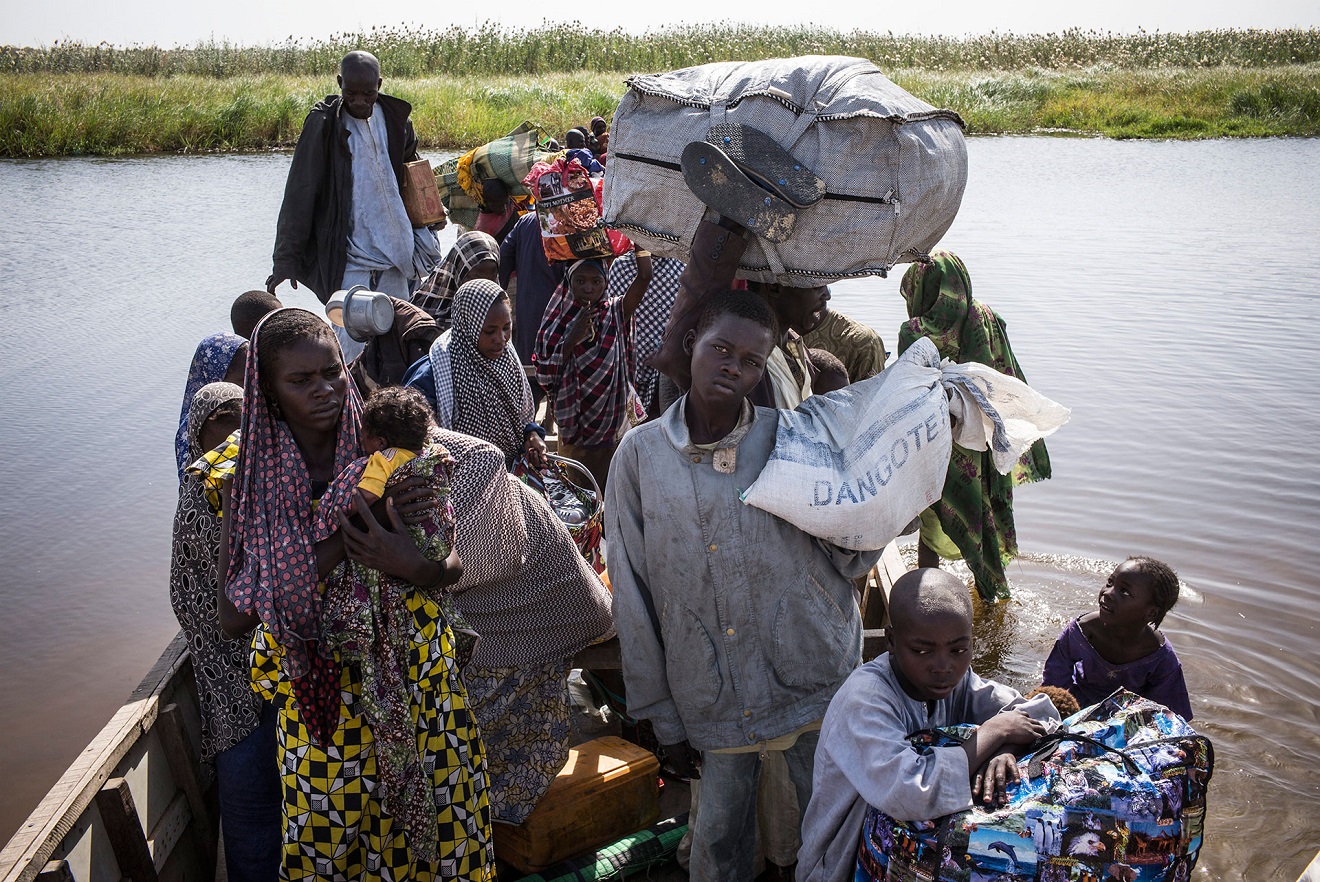
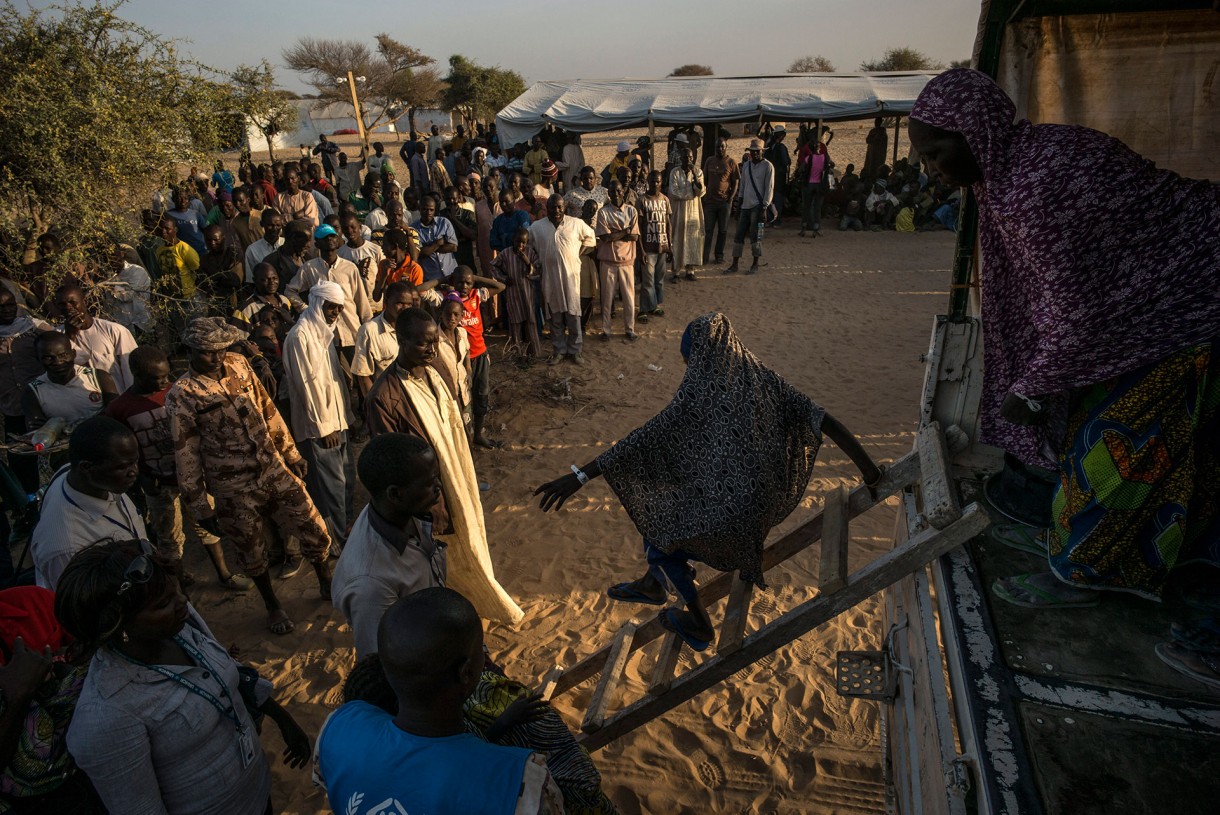
Credit – UNHCR
Somalia’s refugee crisis
The fall of the Siad Barre regime in 1991 led to the ongoing civil war in Somalia, which has been fueled by inter-ethnic clashes, famine, and religion has claimed over 300,000 lives, and conflicts between radical Islamists and the government.
Somalia’s endless war has made it one of the top-ranking sources of refugees in the world today with over a million IDP’s and over a million refugees who have fled to other countries like Kenya, Yemen, and Ethiopia. By the end of this year, an estimated 70 percent of refugees in Kenya will be from Somalia, with South Sudanese and Ethiopian refugees filling out the remaining 30 percent.
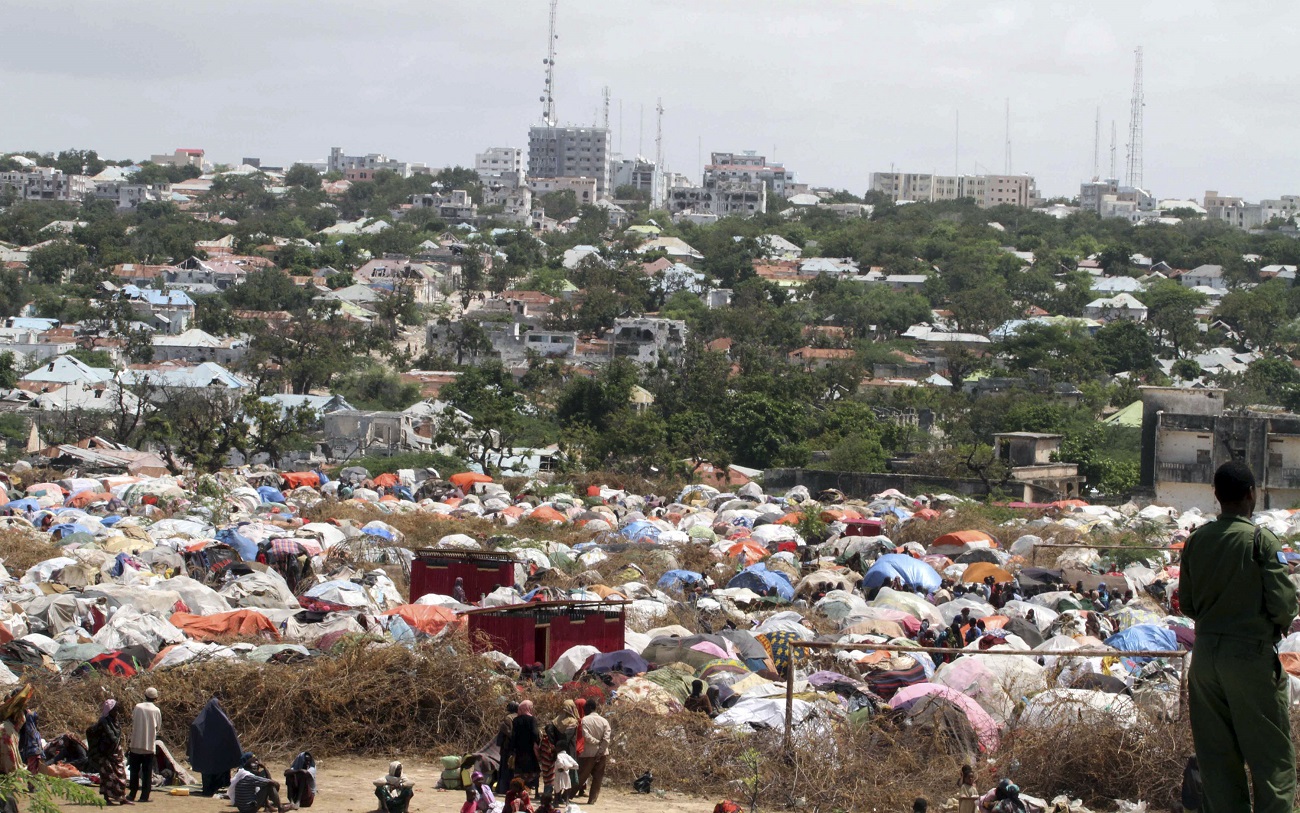
Credit – Tengri News
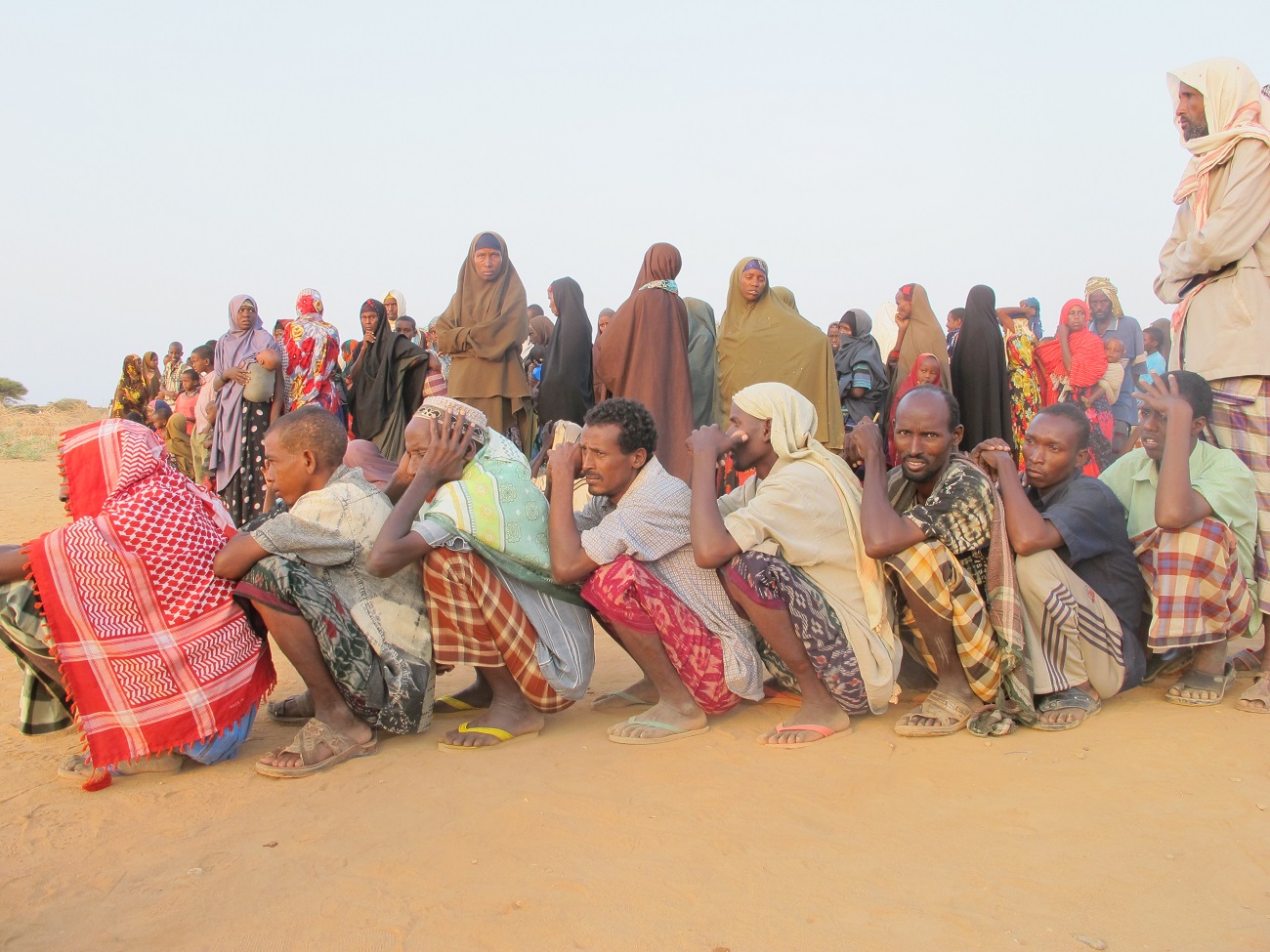
Credit – AF-Soomali
Refugee crises in the Democratic Republic of Congo (DRC) and Central African Republic (CAR)
Conflict and humanitarian crises in the DRC have resulted in over 5 million deaths, close to 3 million IDP’s, and over half a million refugees as of December 2014 who have left to neighbouring countries like Burundi, Uganda, Rwanda, and Tanzania.
In the CAR, a history of military coups, followed by violence by rebel groups along with deep inter-ethnic and religious cleavages has resulted in more than 400,000 people internally displaced, and over 400,000 refugees and asylum seekers fleeing the country by the end of last year.
At the peak of the crisis in early 2014, close to a million people were displaced. As of August 2014, the DRC hosted approximately 70,000 refugees from the CAR. Today increasing political turmoil has resulted in almost daily violent clashes which continue to displace thousands.

Credit – The Commune
